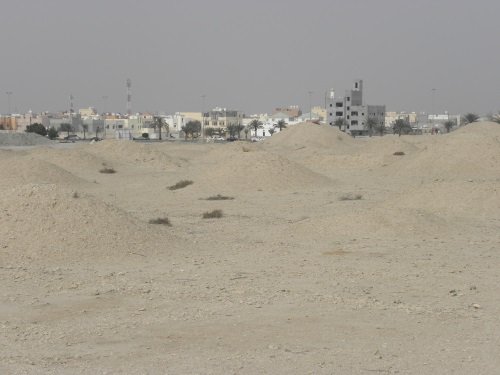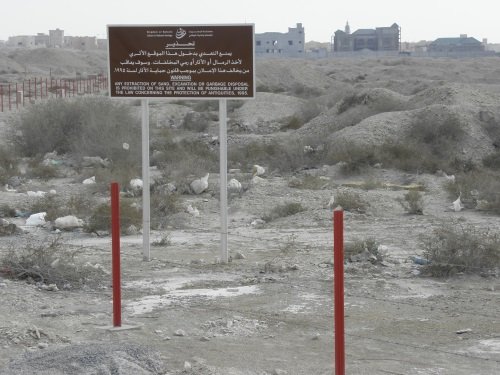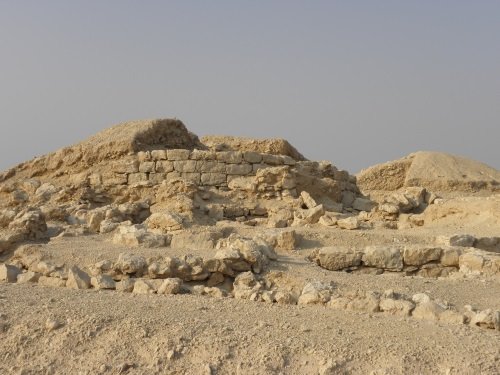First published: Sat 11 Feb 2017.
Els Slots
WHC 2017: Dilmun Burial Mounds
Comments
2 comments
Solivagant
8 years, 10 months ago (Feb 12, 2017)
Am interested in this comment above - "Technically though they weren’t constructed as mounds or tumuli: they were cylindrical stone towers, surrounding a grave chamber. Only natural erosion and the drifting sand has turned the landscape into what it looks now."
Do you have a reference for it?
We have both seen the mounds in situ and the cut-away reconstructions in the National Museum and my understanding was that, although there are different types of interior tomb and mound size across many centuries and that they have no doubt become eroded from their original pristine shape, they all were indeed "mounds" and not "cylindrical stone towers". Inside, beneath the earth, are different types of interior chambers according to period and status of the family but externally all were covered by earth/sand to create a proper "mound".
Now of course it is possible for "Mounds" to have low "side walls" keeping the mound "neat"- I think of some Korean tombs and also the Etruscan ones at Cerveteri (though those walls tend to be carved into rock with an earth "dome").
This is the "best" academic article I have been able to find on the subject and it contains cut-away diagrams of early and late mounds
www.academia.edu/1923664/The_Burial_Mounds_of_Bahrain
Figures 2 A and B would seem to show that both early and late tombs were presented as "mounds".
Reply
Els Slots
8 years, 10 months ago (Feb 12, 2017)
@Solivagant:
This is the source that I used:
https://www.jcic-heritage.jp/doc/pdf/2012Report_Bahrain_eg.pdf



